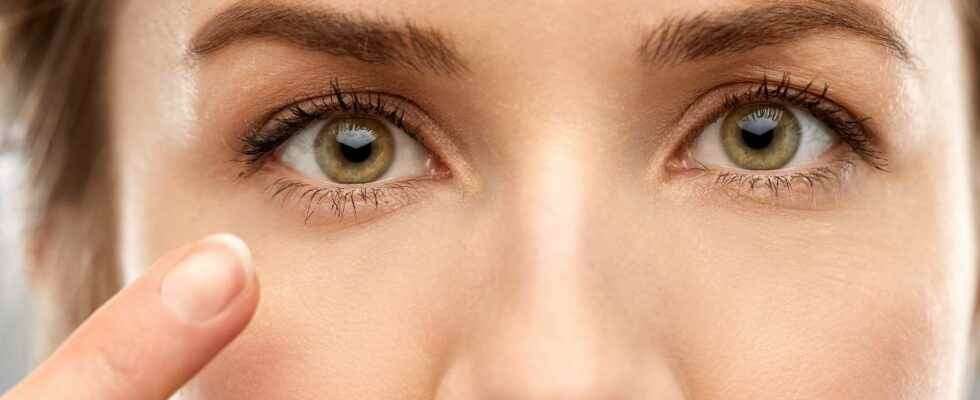Some people are unable to create mental images: this is called aphantasia. This condition, which is still little known, nevertheless affects between 2 and 5% of the population. Impossible to detect other than by the experience of patients until today, it would in fact be visible in the eyes according to a study!
You will also be interested
[EN VIDÉO] You can write with your eyes Thanks to an innovative device, a user can write with nothing but the movement of his eyes. Letters, numbers, shapes, the technique is simple but the result is stunning. Even if it takes a few hours of practice to master the tool…
It may relate to the impossibility of constructing mental images, whether immediate or in memories, or even the difficulty of recreating sounds mentally. L’aphantasia, still unknown, affects up to 5% of the population. Introduced in 2015, the term comes from the Greek “a”, which expresses deprivation, and “phantasy”, referring to imagination. Among the people affected, some can partially recreate images, others visualize them in their dreams… few studies have been carried out on the subject, in particular on the detection of this neurological disorder. Currently, the diagnosis is in fact based on self-diagnosis: the people affected themselves understand that they are incapable of generating mental pictures.
In a study published in the journal eLiferesearchers have focused on the detection of this condition by eyes. Or more specifically, by the pupils. These, if they react automatically to variations in lightcan also expand or contract depending on the cognitive tasks performed.
The greater your capacity for imagination, the more your pupils dilate.
For their experiment, they tested two groups of people: a control group and a group with self-reported people with aphantasia. Each group first observed images with light and dark shapes on a gray background, and then were asked to think about them, to re-visualize them mentally. During the first step, the pupils of all the participants varied in size according to the brightness pictures shown. But when the team asked people to imagine these same images, they found a real difference between the two groups: where the pupils of the control individuals always constricted and dilated, those of the individuals with aphantasia did not vary. practically none.
“Imagining four objects simultaneously is more difficult than imagining just one. The pupils of people with aphantasia dilated when they imagined four shapes compared to one, but did not change depending on whether the shapes were light or dark,” they said. “Our results provide new evidence that our pupils respond to the vividness and strength of a visual image held in mind, the stronger and more vivid that image, the greater the pupillary light response.” Their discovery would then make it possible to test whether or not the person is suffering from aphantasia, and this from an early age. For if aphantasia does not prevent them from leading a normal existence, affected individuals declare that they feel different from others.
Support an editorial team committed to popularizing science on Patreon!
Our mission ? Return the knowledge accessible to everyone.
We produce our own articles, investigations and reports every day, all on a human scale. Support us in this approach and this ambition.
Subscribe to Futura on Patreon!
Two subscription plans are offered to you with the following advantages:
- ” Futura ad-free »: get guaranteed ad-free access to the entire site for €3.29/month (+VAT).
- ” I participate in the life of Futura »: in addition to access without advertising, take part in the life of our independent media (votes, new content, surveys, etc.) for €6.29/month (+VAT).
Interested in what you just read?
